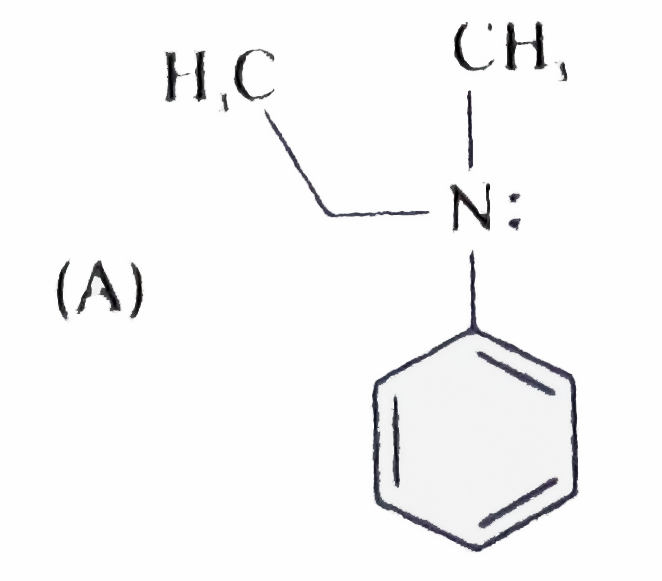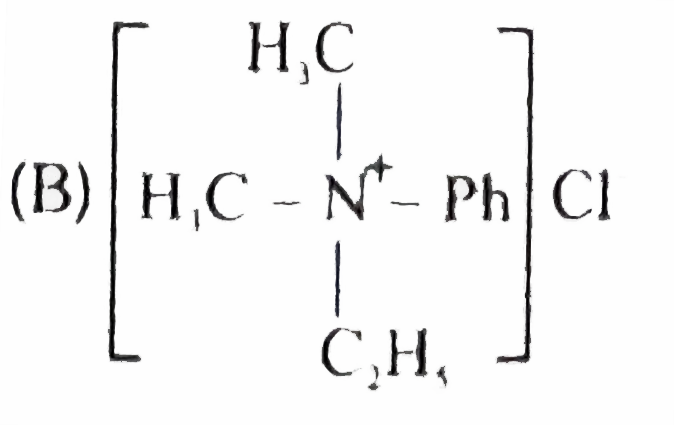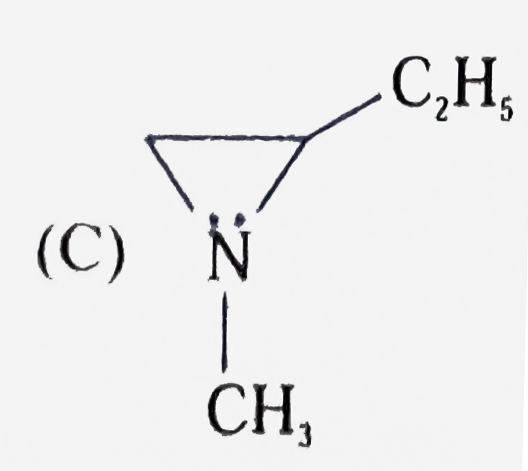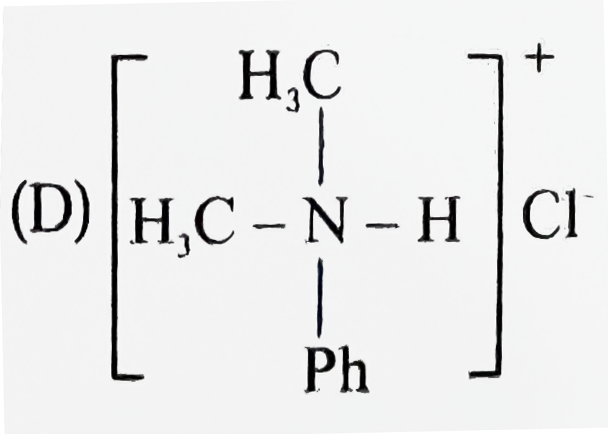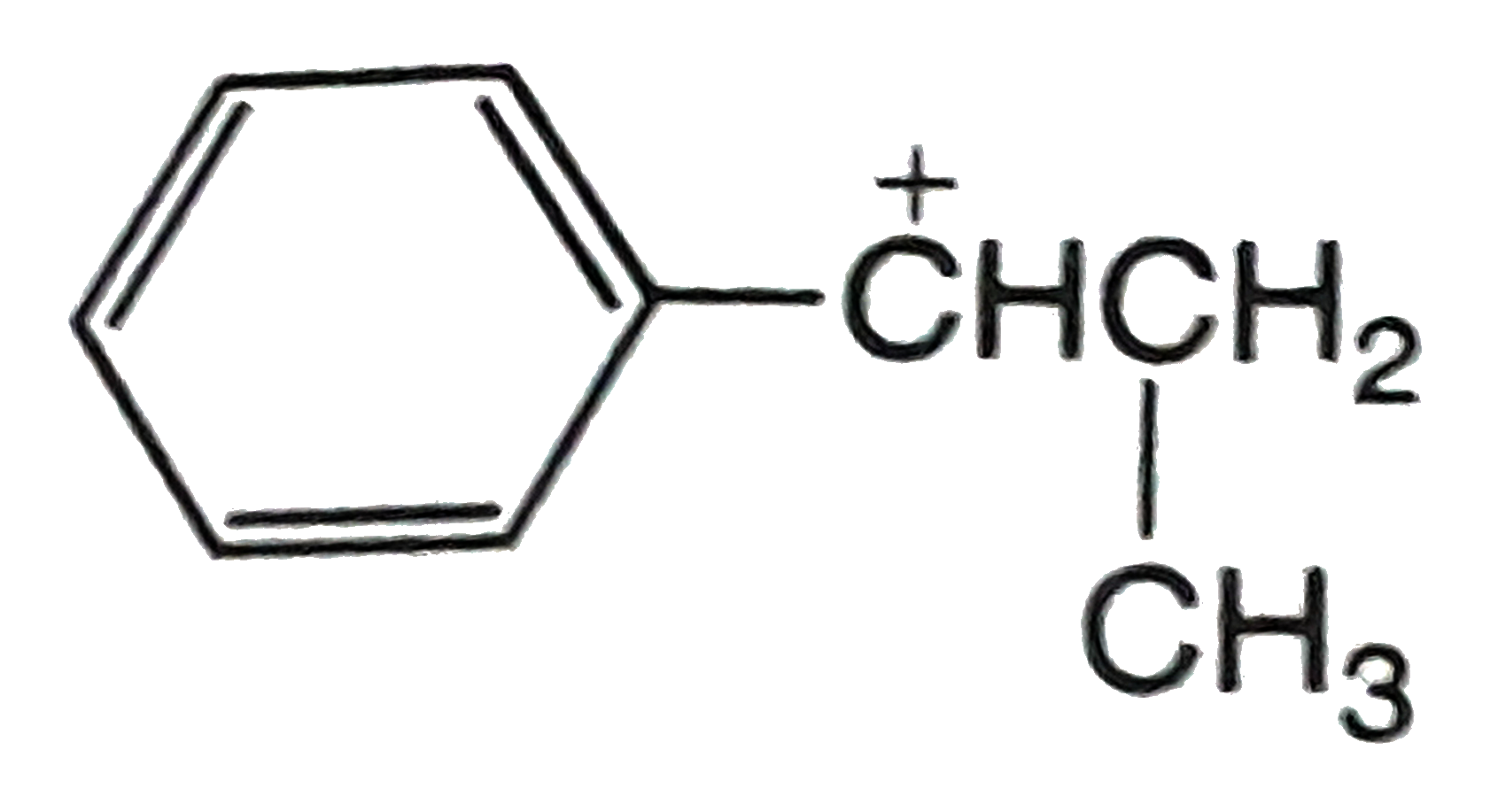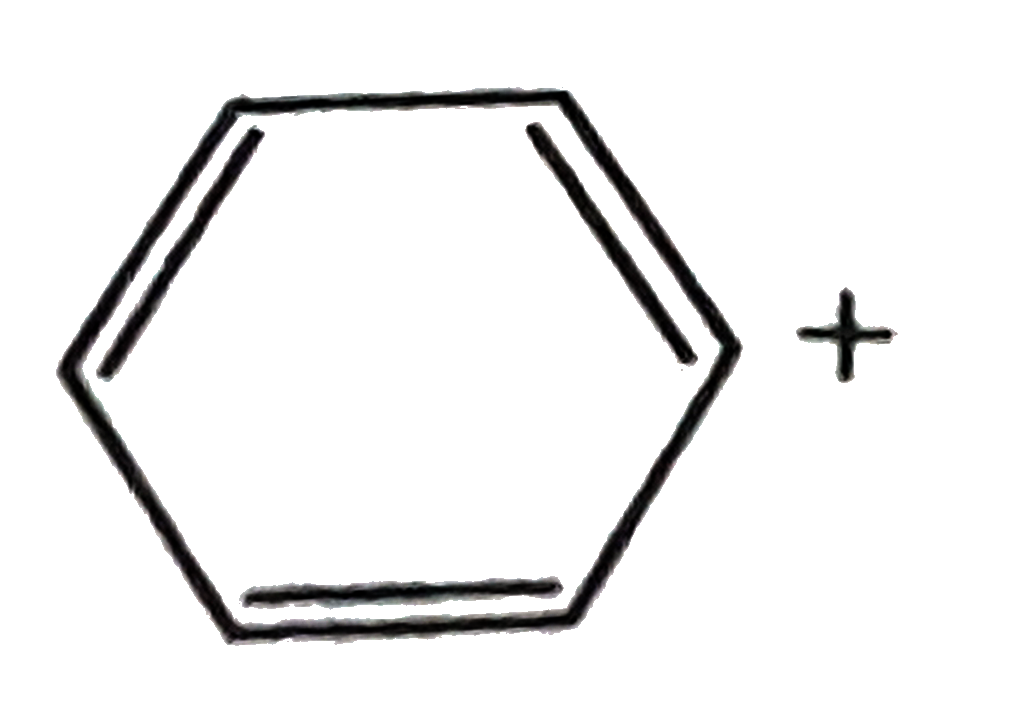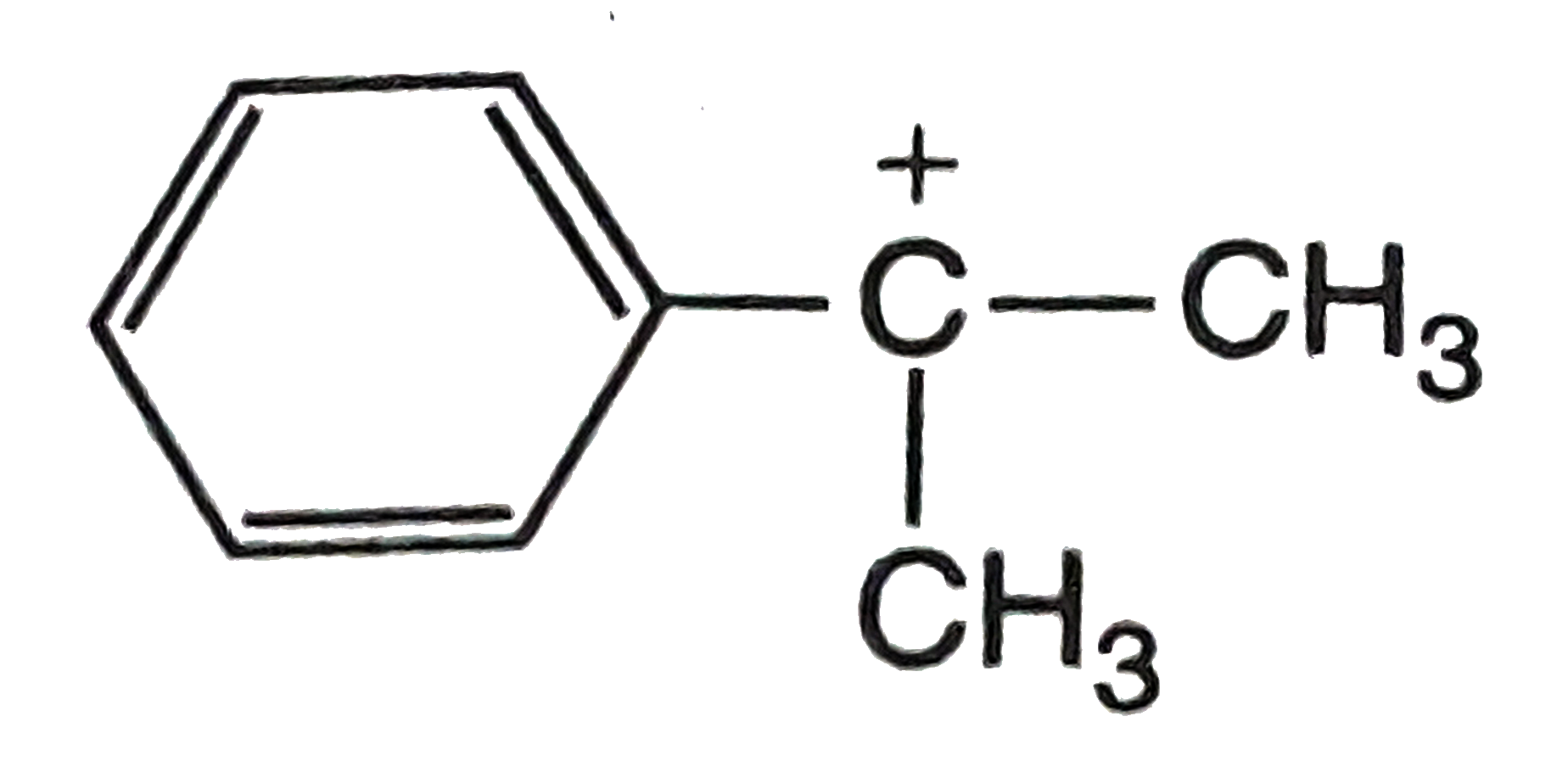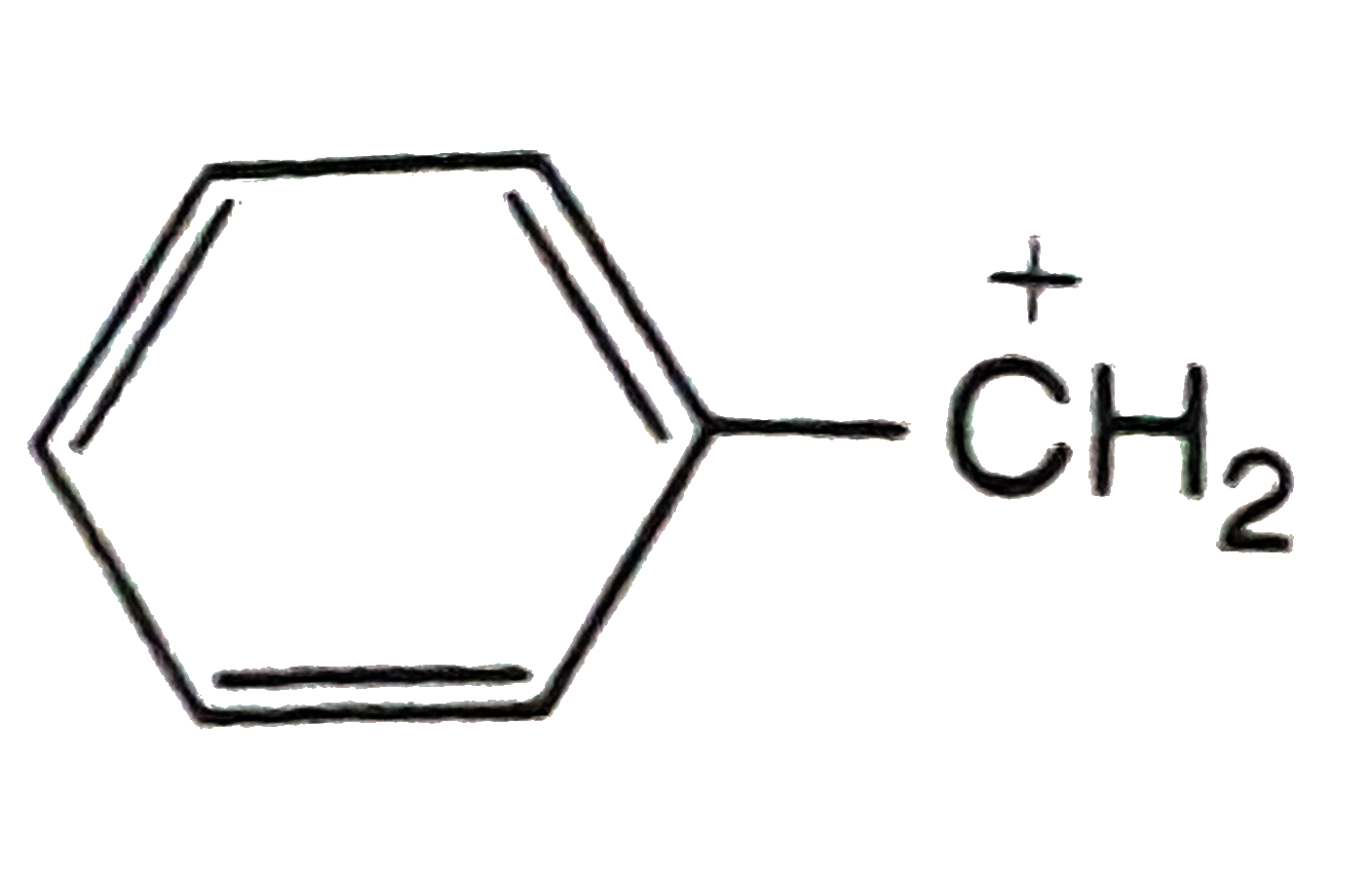Explore topic-wise InterviewSolutions in .
This section includes InterviewSolutions, each offering curated multiple-choice questions to sharpen your knowledge and support exam preparation. Choose a topic below to get started.
| 13751. |
Which of the following is not polyhalogen compound ? |
|
Answer» Chloroform |
|
| 13752. |
What is cell potential of cell ""^(Theta)Ni|Ni_((1M))^(2+)||Au_((1M))^(3+)|Au^(o+) ? [E_(Ni^(2+)|Ni)^(o)=-0.25V,E_(Au^(3+)|Au)^(o)=1.5V] |
|
Answer» `+1.75V` |
|
| 13753. |
Which of the followingis notan actinide ? |
|
Answer» URANIUM |
|
| 13754. |
What are the monomers of Nylon-6,6 ? |
|
Answer» Hexanoic ACID and hexamethylene DIAMINE. |
|
| 13755. |
The stainless steel developed in India contains the following special components |
|
Answer» Cobalt |
|
| 13756. |
Which of the following is most stable alkene ? |
|
Answer» `CH_(3)CH = CH_(2)` |
|
| 13758. |
What is the primary structural feature necessary for a molecule to make it useful in a condensation polymerizationreaction? |
| Answer» Solution :Condensation polymerization involves a repititive condensation reaction between two bifunctional monomers. The reaction results in the loss of some simple molecule such s as water, alcohol, etc. in such a way that the PRODUCT of reaction at each step is again a bifunctional compound. HENCE, the sequence of condensation goes on resulting in the formation of polymer. | |
| 13759. |
Which is least basic ? SbH_(3)PH_3,NH_3,AsH_3 |
| Answer» SOLUTION :`SbH_(3)`is LEAST basic because basic character of hydrides of group 15 elements DECREASES and acidic character increases down the group. | |
| 13760. |
Which of the following sets of monosaccharides forms sucrose ? |
|
Answer» `alpha`-D-galactopyranose and `alpha`-D-glucopyranose |
|
| 13761. |
What is meant by Piezo electricity ? |
| Answer» Solution :Piezo electricity is the appearance of an electrical potential across the sides of a crystal. When you subject it to MECHANICAL stress. The word piezo electricity means electricity resulting from pressure and LATENT heat. EVEN the inverse is possible which is KNOWN as inverse piezo electric effect. | |
| 13762. |
What is one a.m.u. or one 'u'? |
| Answer» Solution :1 a.m.u. or `u=(1)/(12)th` of the MASS of an ATOM of CARBON - 12. | |
| 13763. |
Using valence bond theory account for the geometry and magnetic nature of [NiCl_(4)]^(2-) ion. ("Atomic number of Ni "= 28). |
|
Answer» Solution :In the given complex ion central METAL is nickel with electronic configuration `[Ar]^(18)3d^(8)4s^(2)` Nickel is in `+2` oxidation state THEREFORE electronic configurations is `Ni^(+2)`  In the given complex, `CN-` is a strong ligand. On the APPROACH of strong ligand the unpaired 3d electron will get pair up. As a result one d - orbital BECOMES vacant.  The one vacant 3d orbital, one vacant 4s orbital and two vacant 4p orbitals hybridize to give four hybrid orbitals.  Four pairs of electrons one from each `CN-` molecule occupy the geometry is square planar it is diamagnetic complex due to the absence of unpaired electrons. 
|
|
| 13764. |
Which of the following polymers can have strong intermolecular forces ? |
|
Answer» NYLON |
|
| 13765. |
What is molal elevation constant of a solvent ? |
| Answer» SOLUTION : The elevation in boiling point of a solvent DUE to addition of 1 mole of none-volatile solute to 1000 gm. Of solvent is CALLED molal elevation constant or EBULLIOSCOPIC constant . | |
| 13766. |
Which form is cyclic trimer of SO_(3) |
|
Answer» `GAMMA` |
|
| 13767. |
Which of the following compound(s) is (are) resolvable? |
|
Answer»
|
|
| 13768. |
Which is (are) ore (s) of almun num? |
|
Answer» Cryolite |
|
| 13769. |
Under which situations can an amorphous substance change to crystalline form ? |
| Answer» SOLUTION :An AMORPHOUS solid can be changed to crystalline solid by SLOWLY heating and cooling over a LONG period of TIME. | |
| 13772. |
Which is the most stable carbocation ? |
|
Answer»
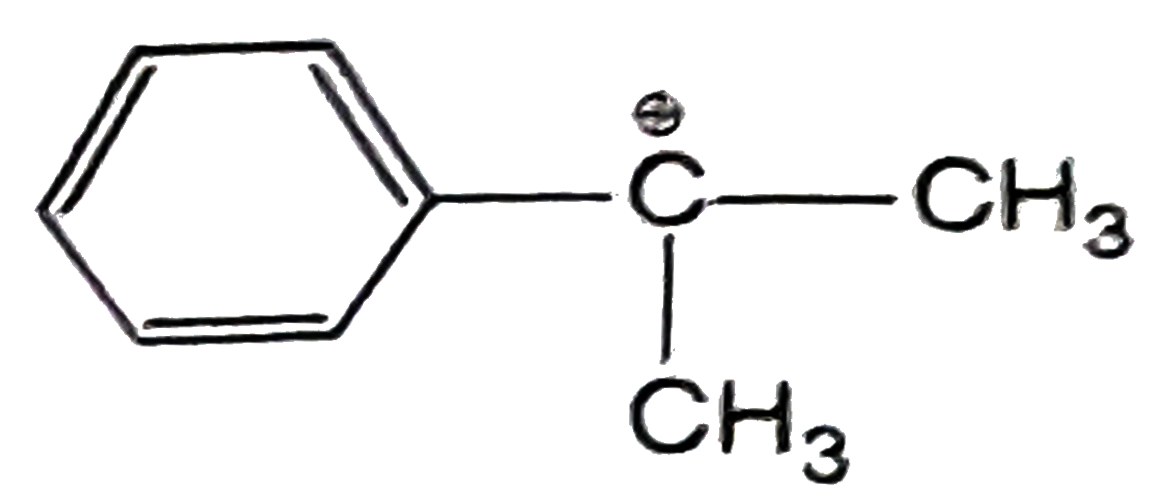 `3^(@)` CARBOCATION is more STABLE. |
|
| 13773. |
Which of the following statements in most likely to be incorrect |
|
Answer» `Ti(NO_(3))_(4)` is a colourless compound |
|
| 13774. |
wurtz reaction using bromoethane yields: |
|
Answer» 2-bromobutane |
|
| 13775. |
Which of the following amines cannot be prepared by Gabriel phthalimide synthesis ? |
|
Answer» sec-Propylamine |
|
| 13776. |
XeF_(6)+SiO_(2) rarr [A] Oxidation state of Xe in [A] |
|
Answer» 6 |
|
| 13777. |
Which of the following is non-electrolyte. |
|
Answer» `NACL` |
|
| 13778. |
Which of the following graphs represents exothermic reaction? |
|
Answer» i) only |
|
| 13779. |
Write one reaction using alkaline KmnO_4. |
| Answer» SOLUTION :`UNDERSET("")(CH_(2) = CH_2) + H_2O + O overset("Alkaline")underset(KMnO_4) rarr {:(CH_2OH),(|),(CH_2OH),("ETHYLEN GLYCOL"):}` | |
| 13780. |
Which of the following orders regarding the basic strength of substituted anline is correct? |
|
Answer» p-methylaniline`GT`p-chloroaniline `gt`p-aminoacetophenone |
|
| 13781. |
Which halogen can replace iodine from KI: |
|
Answer» `F_2` |
|
| 13782. |
When steam is passed over red hot iron, the products formed are |
|
Answer» `Fe_2O_3+H_2O` |
|
| 13783. |
What is the significant of van't Hoff factor ? |
|
Answer» SOLUTION :Van.t Hoff factor is a factor that shows the extent of DISSOCIATION or association of solute particles in solution. i= (NORMAL molar MASS of the solute )/(Observed molar mass of the solute) For solute that are non-electrolytes, i=1 For SOLUTES that dissociates, `i gt 1` For solutes that undergo association, `i lt 1` |
|
| 13784. |
Which one of the following statements is wrong ? |
|
Answer» The electrode potential is called standard electrode potential if the electrode is set up in 1 M solution at 298 K |
|
| 13785. |
Which of the following give ppt. with H_(2)S only in alkaline medium? |
|
Answer» `Co^(2+)` |
|
| 13786. |
Tin is extracted from tin stone by heating it in a furnace with: |
| Answer» ANSWER :D | |
| 13787. |
Which of the following fc c structure contains cations in alternate tetrahedral voids ? |
| Answer» ANSWER :B | |
| 13788. |
The temperature of the system decreases in an |
|
Answer» Adiabatic compression The phenomenon of PRODUCING lowering of temperature when a gas is made to EXPAND ADIABATICALLY from a region of high pressure into a region of low pressure is known as Joule-Thomson effect. |
|
| 13789. |
Which pair will show common ion effect? |
|
Answer» `BaCl_(2)+BA(NO_(3))_(2)` |
|
| 13790. |
Two liquids A and B are miscibnle over the whole range of compsition and may be treated as ideal. At 350 K, the vapour pressure of pure liquid A is 24.0 kPa and that of pure liquid B is 12.0 kPa. A miozture of 60% of A and 40% of B is distilled at this temperature. What is the pressure in a colse contaiunbiner from which arir is excluded ? A small amount of distillate is collected and redistilled at the same temperature. What is the compositon os the second distillate ? |
|
Answer» `"For liquid A":""x_(A)=0.60" and "P_(A)^(@)=24.0 kP_(a)` `"For liquid B":""x_(B)=0.40" and "P_(B)^(@)=12.0 kP_(a)`. `"Partial pressure of A in the liquid mixture "(P_(A))=P_(A)^(@)P_(A)=(24.0kP_(a))xx(0.60)=14.4 kP_(a)` `"Partial pressure of A in the liquid mixture "(P_(B))=P_(B)^(@)x_(B)=(12.0kP_(a))xx(0.40)=4.8 kP_(a)` `"Total pressure in the flask "=14.4+4.8=19.2 kP_(a)` Step II. Calculation of the composition of the second distillate. `"Form the second distillate, only liquid A will distil since it is LOW boiling as is evident from its higher vapour pressure "(24kP_(a)) "COMPAREDTO the liquid B "(12 kP_(a))`. `"Mole fraction of A in the vapoure state "(x'A)=((14.4kP_(a)))/((19.2kP_(a)))=0.75` `"Mole fraction of B in the vapoure state "(x'B)=(1-0.75)=0.25` `"Partial pressure A in the maxiture "(P'_(A))=P_(A)^(@)x_(A)=24xx0.75=18kP_(a).` `"Partial pressure B in the maxiture "(P'_(B))=P_(B)^(@)x_(B)=12xx0.25=3 kP_(a).` `"Mole fraction of A in the second distilatte"=P_(A)^(@)/(P'_(A)+P'_(B))=(18kkP_(a))/(21 kP_(a))=0.857` Thus, the second distillate will contain only 85.7% of A. |
|
| 13791. |
Volume of 0.1 M K_(2)Cr_(2)O_(7) required to oxidise 35 mL of 0.5 M Fe SO_(4) solution is |
|
Answer» 29.2 mL `(M_(1)V_(1))/(n_(1) = (M_(2)V_(2))/(n_(2))` `(K_(2)Cr_(2)O_(7) = (FeSO_(4))` `(0.1xxV_(1))/(1)=(0.5xx35)/(6xx0.1)` `V_(1) = (0.5xx35)/(6xx0.1)=29.2 mL` |
|
| 13792. |
Write the partial structure of i) Polythene ii) Neoprene. |
|
Answer» Solution :PARTIAL structures of i) Polythene `rarr(-CH_(2)-CH_(2))_(N)` ii) Neoprene `rarr(CH_(2)-C=CH-CH_(2))_(n)` |
|
| 13793. |
When an aqueous solution of thylamine and iron (III) chloride are mixed |
|
Answer» a COLOURLESS solution is formed |
|
| 13794. |
Which of the following controls carbohydrate metabolism and modulates inflammatory reactions ? |
|
Answer» ADRENALINE |
|
| 13795. |
What is the action of heat on the following : (i) KClO_(3), (ii) KClO_(4), (iii) KNO_(3) (iv) KMnO_(4), (v) K_(2)Cr_(2)0_(2)? |
|
Answer» Solution :(i) `2KClO_(3) underset(MnO_(4))overset("heat" (420K))to2KCl + 3O_(2)` (In theabsenceof `MnO_(2)` , THEDECOMPOSITIONOF `KClO_(3)` takesplace at 670- 720 K) (ii) `2KClO_(4) overset("heat")to 2KCl + 4O_(2)` (iii) `2KNO_(3) overset("heat")to 2KNO_(2) + O_(2)` (iv) `2KMnO_(4)overset("heat")to K_(2)MnO_(4) + MnO_(2) + O_(2)` (v)Potassium DICHROMATE, `K_(2)Cr_(2)O_(7)` on heatingliberates dioxygen. `2K_(2)Cr_(2)O_(7)overset("heat")to 2K_(2)O + 2Cr_(2)O_(3) + 3O_(2)` |
|
| 13796. |
The solubilityof Mg(OH)_(2) is increased by additionof NH_(4)^(+) ion . Calculate (i) K_(c)for the reaction , Mg(OH)_(2) + 2NH_(4) hArr 2NH_(3) +2H_(2)O + Mg^(2+) (ii)Find solubilityof Mg(OH)_(2)in a solutioncontaining0.5 M NH_(4)Cl(K_(spMg[(OH)_(2)] ) = 1.0 xx10^(-11) , K_(b)= 1.8 xx10^(-5)) |
| Answer» SOLUTION :(i)`3.08 XX 10^(-2)` (II) `0.123 M ` | |
| 13797. |
Which two of the following are used for preparing iodised salt? (i) KIO_(3) (ii) KI (iii) I_(2) (iv) HI |
|
Answer» (i) and (II) |
|
| 13798. |
Which of the following statement(s) is (are) correct when a mixture of NaCl and K_(2)Cr_(2)O_(7) is gently warmed with conc. H_(2)SO_(4)? |
|
Answer» A DEEP red vapour is evolved. `K_(2)Cr_(2)O_(7)+6H_(2)SO_(4)+4NaCl rarr 2KHSO_(4)+4NaHSO_(4)+UNDERSET("(orange red vapour)")underset("chromyl chloride")(2CrO_(2)Cl_(2))+3H_(2)O` `4NaOH+CrO_(2)Cl_(2)rarr underset("(yellow)")(Na_(2)CrO_(4))rarr2NaCl+2H_(2)O` |
|
| 13799. |
Which of the following will liberate iodine on treatment with KI solution ? |
|
Answer» `N_2` |
|
| 13800. |
Which of the following set of species are diamagnetic? |
|
Answer» `S_(3),S_(8),S_(6)` |
|
